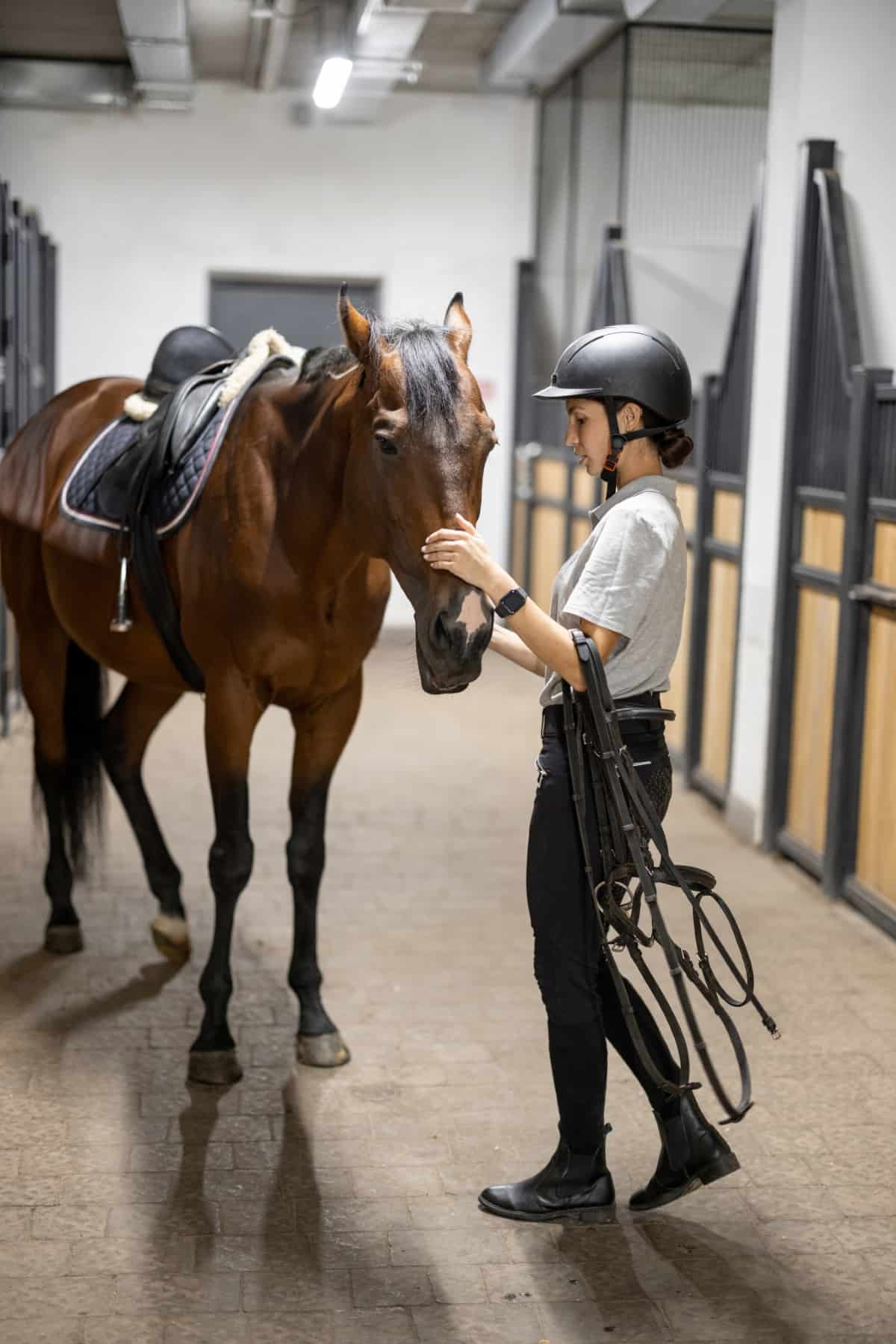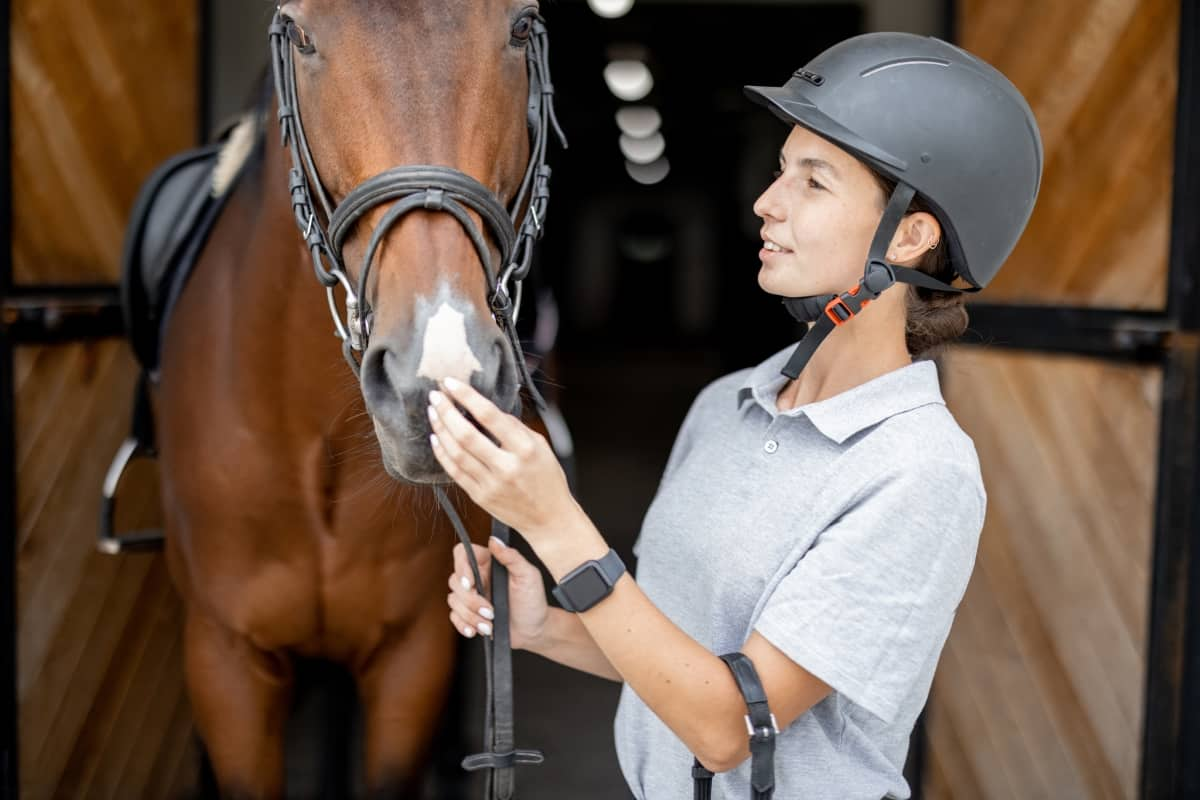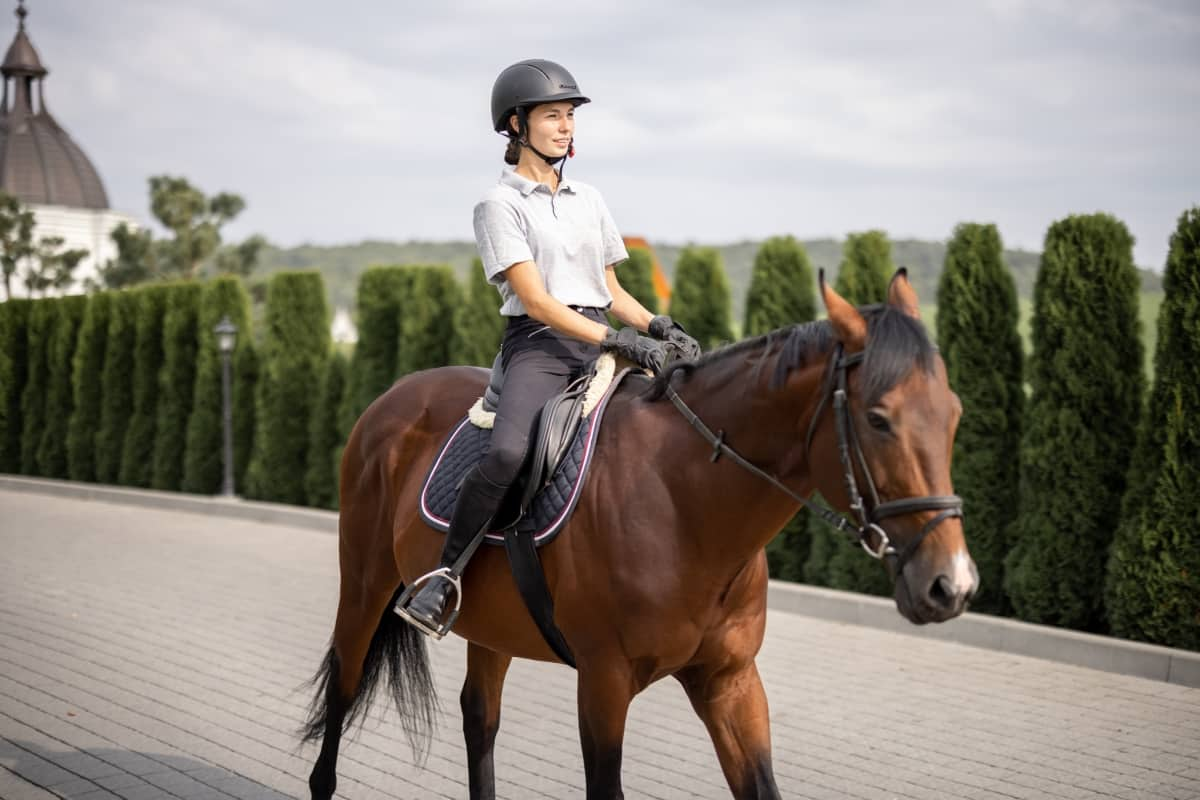Thoroughbred horses, renowned for their speed, agility, and spirit, have a rich history rooted in racing and competition. With a heritage that blends the best-thoroughbred bloodlines for performance, these horses have become synonymous with horse racing, offering thrilling thoroughbred racing tips for enthusiasts. Thoroughbred horse care and thoroughbred horse training are tailored to enhance their natural abilities, while thoroughbred breeding techniques aim to sustain and refine these prized characteristics.

The diet and health of these horses are meticulously managed to prevent common thoroughbred horse health issues, ensuring a robust lifespan. The decision to buy a thoroughbred horse involves understanding thoroughbred horse characteristics, including their temperament and genetic predispositions, making thoroughbred horse races not just a sport but a testament to exceptional breeding, training, and care.
Introduction to Thoroughbred Horse
History and Origins
Thoroughbred horse history traces back to England’s 17th and 18th centuries, where selective breeding of English mares with imported Arabian stallions gave rise to this distinguished breed. Known for their remarkable speed and endurance, thoroughbreds have been central to the evolution of horse racing, with famous thoroughbred horses etching their names in history. The breed’s development was significantly influenced by the desire to enhance racing performance, leading to the establishment of thoroughbred vs other breeds as a pinnacle of equine athleticism.
Characteristics and Traits
Thoroughbred horse characteristics include a fine-boned, lean physique, a deep chest, and a broad forehead, all contributing to their athletic prowess. Their temperament is as notable as their physical traits, displaying a balance of sensitivity and intelligence, which makes thoroughbred horse training both a challenge and a delight. Combined with advanced training techniques, these traits prepare thoroughbreds for the rigors of thoroughbred horse races and competitions.
Lifespan and Price
The thoroughbred horse’s lifespan typically ranges from 25 to 30 years, influenced by genetics, care, and lifestyle. The price of buying a thoroughbred horse varies widely, from a few thousand dollars for a non-competitive horse to millions for top racing prospects, influenced by lineage, potential, and training.
Breeding and Genetics
Selective Breeding Practices
Selective breeding practices in thoroughbreds focus on enhancing traits like speed, stamina, and temperament, which are crucial for racing success. Breeders pay close attention to thoroughbred breeding techniques, combining the best-thoroughbred bloodlines to produce horses with the potential to become champions. This meticulous genetic management ensures the perpetuation of desirable traits and the overall improvement of the breed.
Genetic Influences on Performance
Thoroughbred horse genetics play a pivotal role in determining racing potential and performance. Research into thoroughbred genetics seeks to understand the influence of specific genes on speed, endurance, and health, guiding breeding decisions and training approaches. This genetic insight also aids thoroughbred horse rehabilitation and retirement, ensuring a quality life post-racing.
Training Thoroughbreds
Basic Training Principles
Thoroughbred horse training begins with fundamental principles that establish a strong foundation for future racing or competitive activities. Basic training encompasses ground manners, desensitization, and basic riding cues, ensuring that thoroughbreds develop trust and responsiveness, which are crucial for their development as racing athletes.
Advanced Training Techniques
As thoroughbreds progress, advanced training techniques are introduced, focusing on speed, agility, and endurance to prepare them for the demands of racing. This includes specialized workouts, strength training, and mental conditioning, all tailored to enhance performance while ensuring thoroughbred horse care remains a priority to prevent injuries and health issues.
Nutrition and Diet
Essential Nutrients for Thoroughbreds
A thoroughbred horse’s diet is meticulously planned to include essential nutrients supporting their high-energy needs, particularly when training or racing. This involves a balanced intake of carbohydrates, proteins, fats, vitamins, and minerals tailored to each horse’s requirements, activity level, and health status, ensuring optimal performance and longevity.
Feeding Strategies for Optimal Health
Feeding strategies for thoroughbreds are designed to optimize health and performance, carefully considering feeding times, portion sizes, and diet composition. This includes providing high-quality forage, grains, and supplements to meet their nutritional needs and regular monitoring and adjustments based on health status, workload, and performance demands.
In case you missed it: Ultimate Guide to Arabian Horse: Profile, Raising, Price, Lifespan, Diet, Uses, Training, and Care

Health and Veterinary Care
Common Health Issues
Thoroughbred horse health issues can range from musculoskeletal problems like arthritis and tendonitis to respiratory conditions and digestive disorders. Vigilant health management and routine veterinary care are essential to identify and treat issues promptly, maintaining these elite athletes’ well-being and performance capabilities.
Preventative Care Measures
Preventative care measures for thoroughbreds include regular veterinary check-ups, vaccinations, dental care, parasite control, and tailored health and nutrition plans. These measures and thoroughbred horse care practices that prioritize well-being play a crucial role in preventing health issues and extending thoroughbred horses’ productive and competitive lives.
Racing and Competitions
Types of Horse Races
Thoroughbred horse races vary widely, from flat racing, which tests speed and stamina, to jump racing, which adds the challenge of navigating obstacles. These competitions showcase thoroughbreds’ agility, speed, and spirit, with thoroughbred racing tips often highlighting the importance of breeding, training, and strategy in achieving success.
Preparing for Competitions
Preparing thoroughbreds for competitions involves a comprehensive approach that includes advanced training techniques, strategic nutrition, and meticulous health care. This preparation is tailored to the demands of the specific competition, ensuring that thoroughbreds are at their peak physically and mentally, ready to excel in the challenging world of horse racing and competitions.
Management and Care
Daily Care Routines
Thoroughbred horse care involves meticulous daily routines that ensure their well-being and readiness for training or competition. This includes regular grooming to maintain skin and coat health, hoof care to prevent lameness, and dental checks to ensure proper nutrition intake. Daily exercise is also crucial, not just for physical fitness but for mental stimulation. At the same time, thorough observation for any signs of distress or illness allows for prompt intervention, maintaining the optimal health of these prized animals.
Stable and Pasture Management
Effective stable and pasture management is vital in providing thoroughbreds with a safe and healthy environment. This involves maintaining clean, well-ventilated stables that offer comfort and protection alongside well-managed pastures that provide ample space for grazing and exercise. Attention to fencing, shelter, and herd dynamics minimizes the risk of injury and stress, contributing to thoroughbred horses’ overall well-being and performance.
Behavior and Temperament
Understanding Thoroughbred Behavior
Thoroughbred behavior is shaped by genetics, training, and environment, with these horses often displaying a spirited and sensitive temperament. Understanding these behavioral traits is key to effective training and management, allowing handlers to build trust and cooperation. Recognizing signs of stress, boredom, or discomfort enables timely adjustments to training, environment, or care routines, ensuring a harmonious relationship between thoroughbreds and their caregivers.
Managing Temperament Issues
Managing temperament issues in thoroughbreds requires patience, consistency, and understanding equine behavior. Techniques such as positive reinforcement, desensitization, and structured routines can mitigate issues like anxiety, aggression, or stubbornness. A calm and confident approach from handlers and trainers, coupled with thoroughbred horse training that respects the horse’s individuality, fosters a positive and productive environment essential for the development and well-being of these high-performance animals.
In case you missed it: Buckskin Horse Facts: Breed Profile, Characteristics, Price, Lifespan, Diet, Uses, Training, and Care

Retirement and Rehoming
Retirement Options for Racehorses
Thoroughbred horse retirement is a critical aspect of the industry, with various options available to ensure these athletes enjoy a fulfilling life post-racing. Retirement options range from conversion to other equestrian disciplines, such as dressage or show jumping, to living out their days in specialized retirement facilities. Thoroughbred horse rehabilitation programs also provide care and retraining to prepare retired racehorses for a second career or a more relaxed lifestyle.
Adoption and Rehoming Programs
Adoption and rehoming programs provide retired thoroughbreds with loving homes and purposeful lives. These programs assess the needs and potential of each horse, matching them with suitable adopters who can provide the care, attention, and environment these horses deserve. Through thoroughbred horse retirement and rehoming efforts, the equestrian community demonstrates a commitment to the welfare and future of thoroughbreds, ensuring they are valued and cared for beyond their racing careers.
In case you missed it: Everything You Need to Know About Horse Grooming: Step-By-Step Guide for Beginners

Conclusion
With its rich history and exceptional qualities, the thoroughbred horse demands dedicated care, expert training, and responsible management throughout its life, ensuring these magnificent animals thrive on the racetrack and in retirement. Their legacy, built on speed, spirit, and grace, continues to captivate and challenge equestrians worldwide.
- Feed Your Flock for Less: Top 10 Tips to Save on Chicken Feed
- Ultimate Guide to Ossabaw Island Hog: Breeding, Raising, Diet, and Care
- Hatching Answers: The Top 10 Reasons Your Chickens Aren’t Laying Eggs
- Eggs and Economics: Breaking Down the Cost of Raising Backyard Chickens
- Defend Your Greens: Proven Methods to Keep Iguanas Out of Your Garden
- Ultimate Guide to Cinnamon Queen Chicken: A Comprehensive Guide for Beginners
- Ultimate Guide to California Tan Chicken: Breeding, Raising, Diet, Egg-Production and Care
- Ultimate Guide to Marsh Daisy Chicken: Breeding, Raising, Diet, and Care
- 10 Types of Chicken Farming Businesses You Can Start for Profits